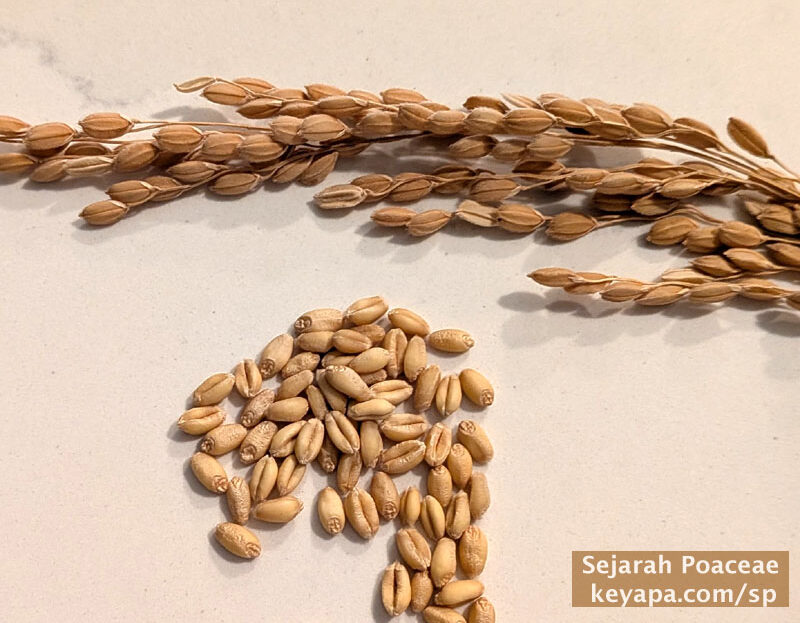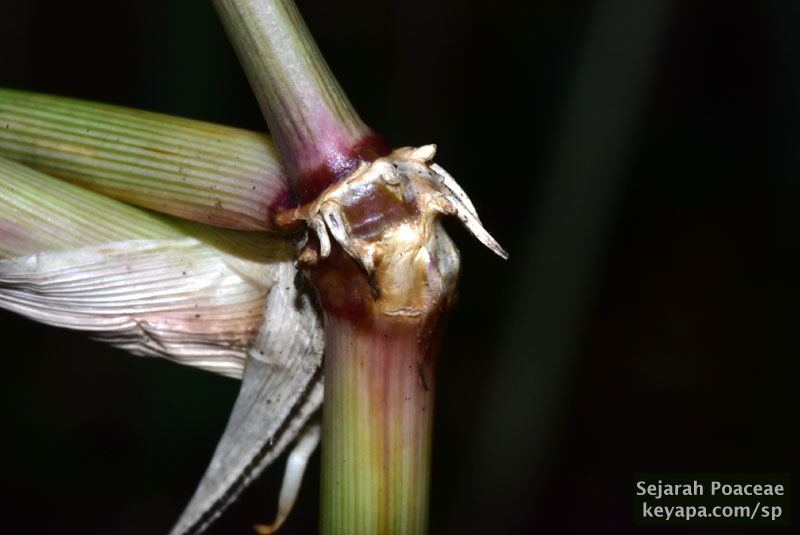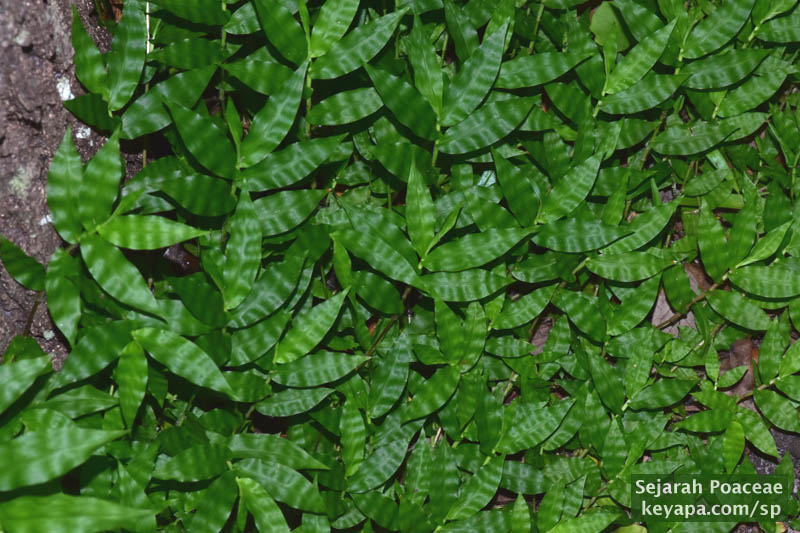-

Will the grass family go extinct?
The Poaceae have existed on earth for about a hundred million years. In phylogeny, the stem age of a clade refers to the time when a group first splits from its sister lineage, and thus is considered the origin point of that group. In the case of grasses, one paper posits that this would have…
-

Defining Grasses: The Remarkable and Unique Caryopsis and Embryo of Grasses
Thanks to a reader who corrected my incomplete definition of the carpel! What constitutes the family Poaceae? How do we delineate them from other plants? Do the members of this plant family have certain features that are unique to the group and are found nowhere else in the plant kingdom? At first glance, many might…
-

Scrambling towards vinehood
Awhile back I wondered about the fact that there were so few epiphytic grasses. The attainment of this lifestyle seemed to be a daunting task for a plant family that is in other ways so adaptable. Two weeks back I was walking along a street when a discovery I made highlighted another lifestyle that seemed…
-

How grasses directed and shaped human evolution
Note: Thank you to a reader for pointing out that skin pigmentation may also have been changed dramatically by the onset of agriculture. Did you know that many of the attributes of people today are a direct result of a few grasses? The domestication of grasses for agriculture started several thousand years ago, and occurred…
-

Bamboo Facts Bonanza
I visited two botanical gardens last month, and perhaps the best specimens in both (at least to me!) were the bamboos. The first botanical garden was the Harry P. Leu Botanical Garden in Orlando, FL, which I have visited several times before. The second botanical garden I visited was the Kampong: A National Tropical Botanical…
Sejarah Poaceae
The Story of Grasses – Grasslands and Grassy Open Ecosystems

